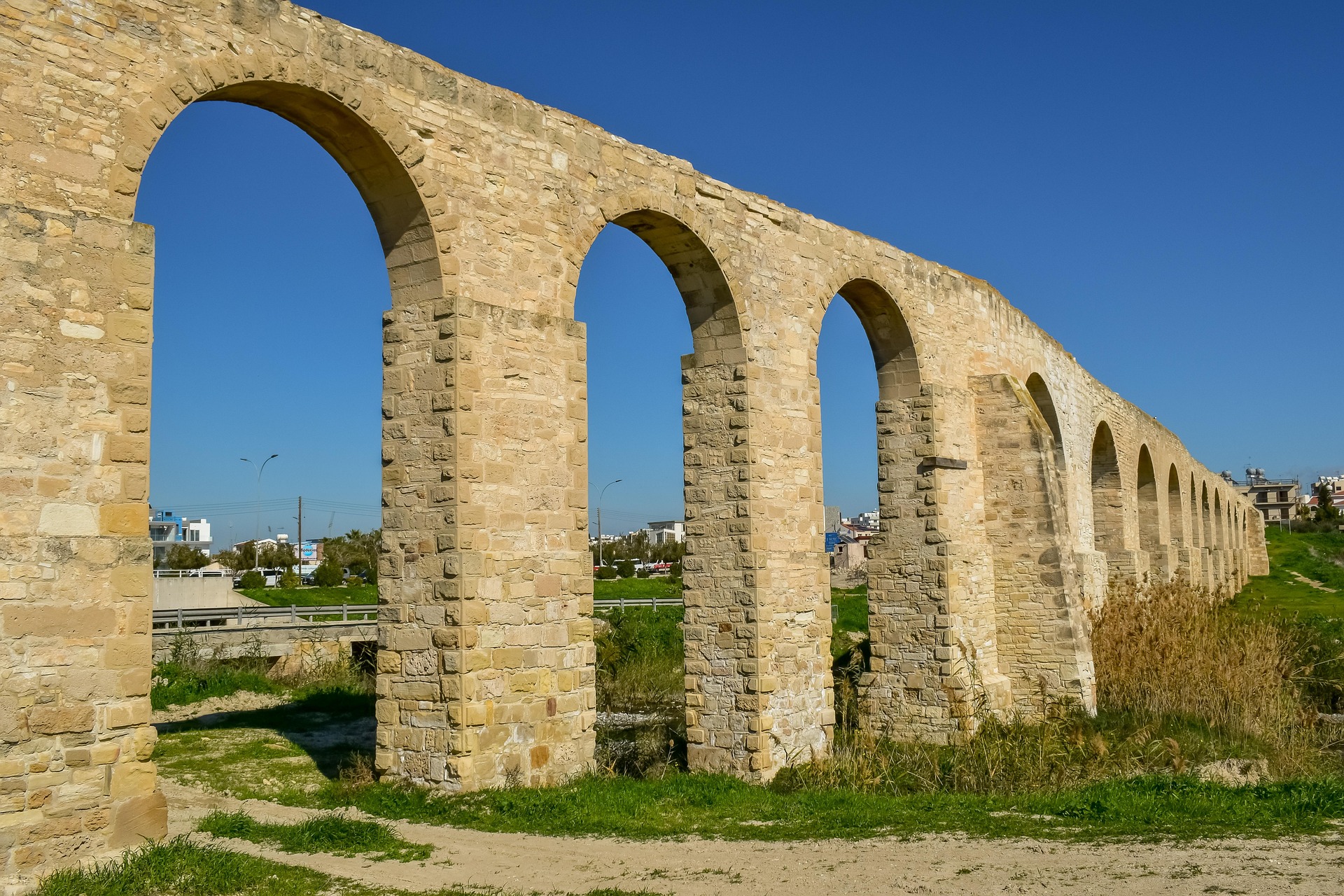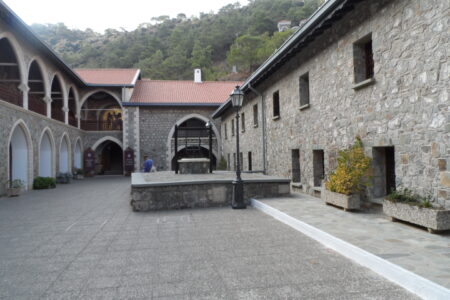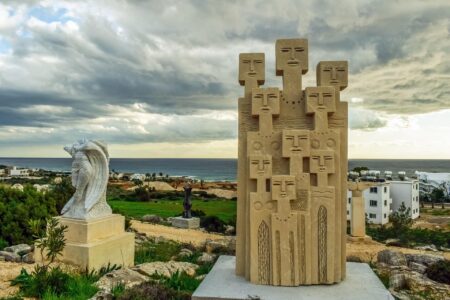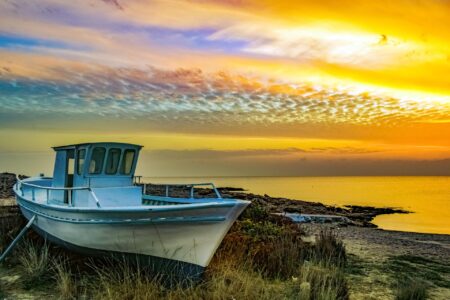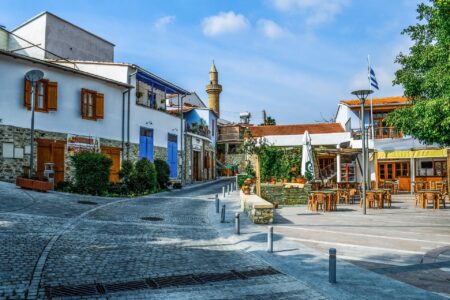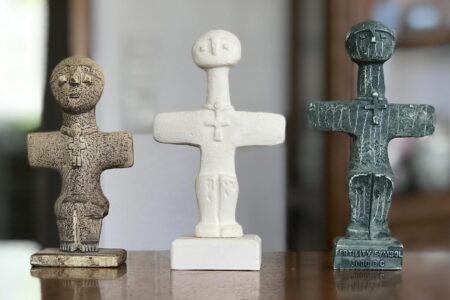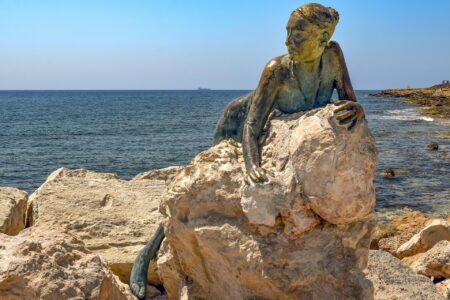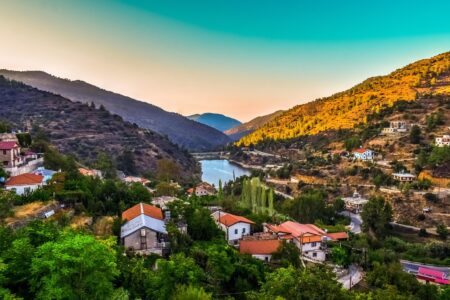Cyprus is home to numerous historical landmarks that showcase its rich past. Among them stands the magnificent Kamares Aqueduct, located on the outskirts of Larnaca. This is the largest aqueduct in Cyprus, built in the 18th century, and it still impresses with its architecture and scale. Its elegant arches stretching into the distance create an atmosphere of antiquity and serve as a reminder of how crucial water supply systems were to past civilizations.
How was this aqueduct built? What role did it play in the life of the island, and what does it represent today? Let’s explore!
Contents
The History of Its Construction
The Kamares Aqueduct was built in 1746 under the initiative of the Ottoman governor of Cyprus, Bekir Pasha. At that time, Larnaca was an important port city, but it struggled with access to fresh water. Water sources were located far from the city, making transportation difficult.
Bekir Pasha decided to construct a water supply system to provide Larnaca with clean drinking water. The aqueduct was based on the traditional Roman method of water transportation—using a series of arches that allowed water to flow naturally from distant sources into the city. The water was sourced from the Tremithos River, located about 15 kilometers away, and was channeled directly into Larnaca.
Interestingly, the project was personally funded by Bekir Pasha, who saw water supply as a crucial investment in the city’s development. It wasn’t just an engineering project—it was a social initiative aimed at improving the lives of the residents.
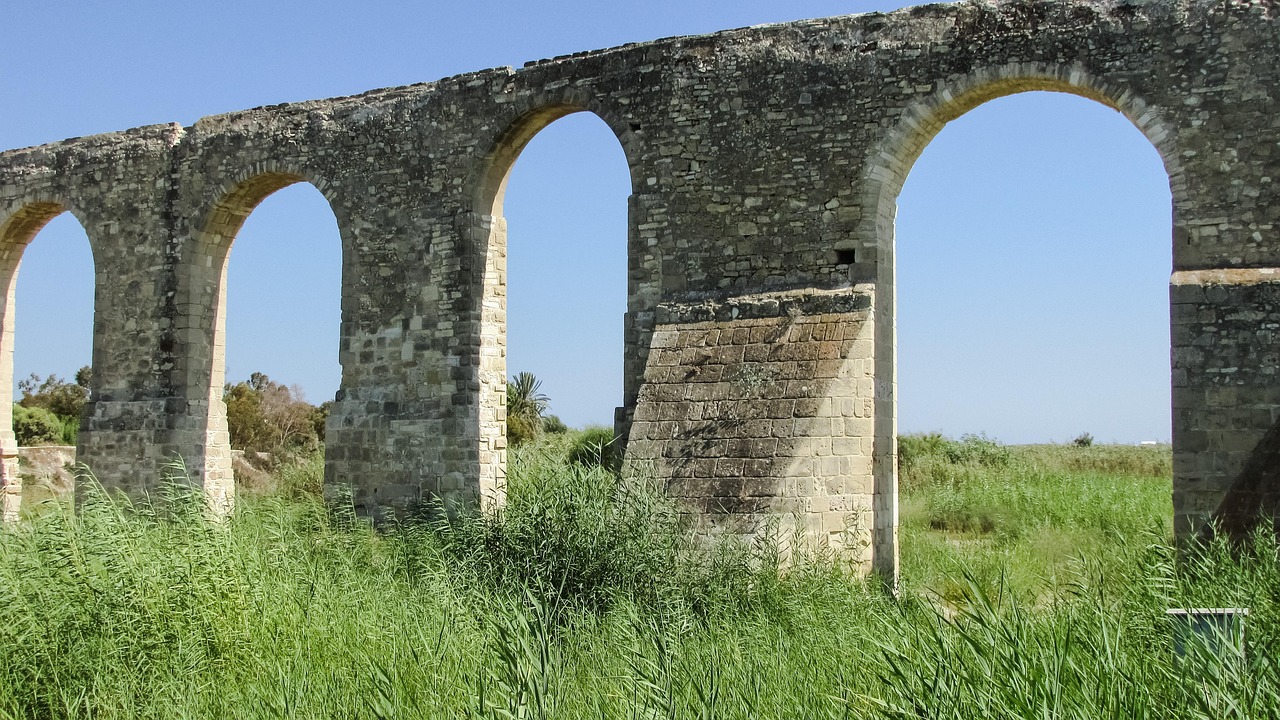
Architectural Features
The name Kamares comes from the Greek word καμάρες, which means “arches”, perfectly describing the aqueduct’s design. Originally, it consisted of 75 arches, gracefully stretching across the landscape. The entire system extended 15 kilometers, allowing water to reach the city without pumps or mechanical assistance—just by the force of gravity.
The structure was built using limestone, a durable and widely used building material in Cyprus. Thanks to its strength, much of the aqueduct remains intact today, nearly 300 years after its construction.
Function and Importance
For nearly 200 years, the Kamares Aqueduct played a key role in Larnaca’s water supply system. The water was distributed throughout the city, supplying homes, baths, fountains, and public facilities.
However, in 1939, with the advancement of modern water supply systems, the aqueduct was decommissioned. New technologies replaced it, and the old structure gradually lost its practical use.
Even though the aqueduct was no longer functional, it remained a historical treasure, symbolizing Larnaca’s past and serving as one of the most recognizable landmarks of the city.
Current State and Tourist Attraction
Today, the Kamares Aqueduct is considered a cultural heritage site of Cyprus. A well-preserved section with beautiful arches can be seen from the road leading from Larnaca towards Limassol. Nearby, a walking path allows visitors to explore the site and enjoy the scenic surroundings.
Interestingly, apart from the well-known visible section, there are additional hidden parts of the aqueduct located further in the fields, which curious visitors can also explore.
At night, the aqueduct is beautifully illuminated, creating a stunning visual effect. This makes it especially attractive for photographers and history enthusiasts.
Interesting Facts
🔹 One of the few aqueducts in Cyprus – Unlike Rome or Spain, Cyprus has very few surviving aqueducts, and Kamares is the largest of them all.
🔹 Built during the Ottoman Empire – Although it resembles Roman aqueducts, this structure was actually built in the 18th century during Ottoman rule.
🔹 Operated for nearly 200 years – The system functioned until 1939, proving its efficiency and reliability.
🔹 Easily accessible on foot – The aqueduct is located not far from central Larnaca, making it easy to reach.
🔹 A major attraction – Visiting the aqueduct is highly recommended for travelers exploring Larnaca and its historical sites.
How to Get There
The Kamares Aqueduct is located on the outskirts of Larnaca, near the Cineplex roundabout on the way to Limassol. You can reach it by car, taxi, or even on foot from the city center.
If you are traveling around Cyprus and want to experience not just its beaches but also its history, the Kamares Aqueduct is a must-visit destination.
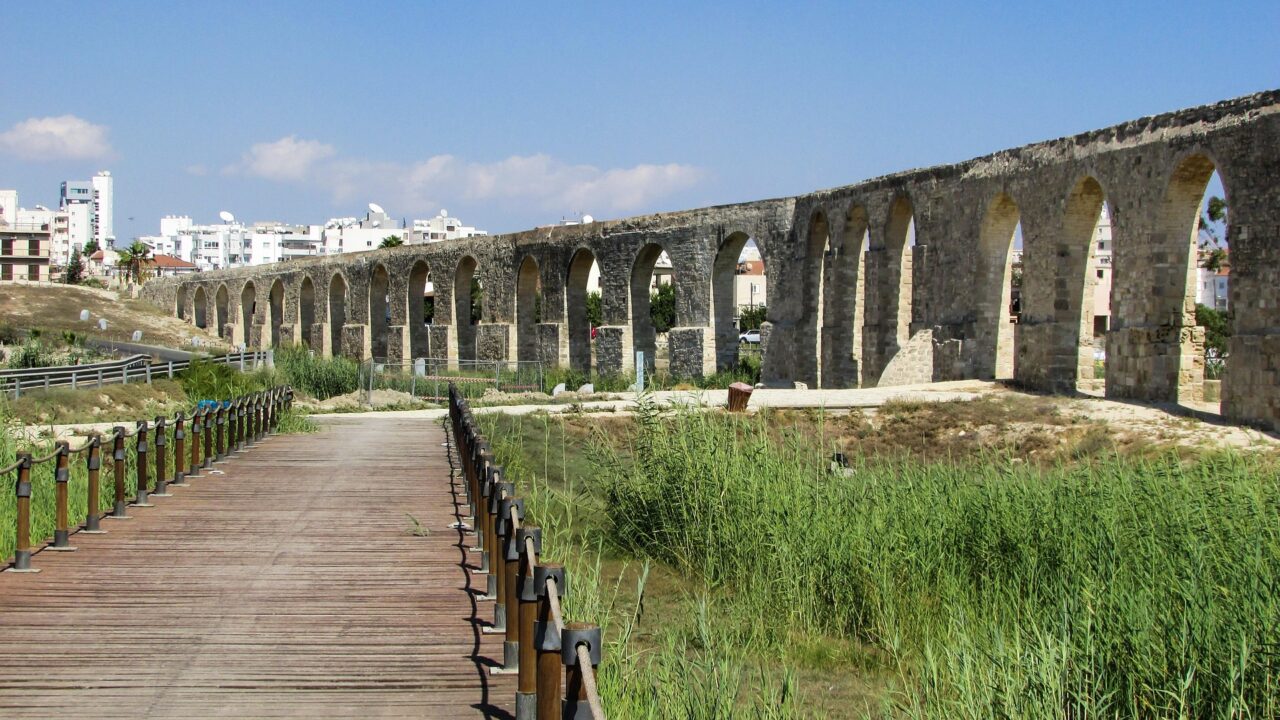
The Kamares Aqueduct is not just an ancient engineering structure—it is a historical monument that reminds us how vital water supply systems were for urban development. Despite its long history, it has remained well-preserved and continues to amaze visitors with its grandeur and historical significance.
Visiting this site will transport you back in time, allowing you to imagine how, centuries ago, water flowed through these very arches into the homes of Larnaca’s residents. If you’re planning a trip to Cyprus, be sure to add this aqueduct to your itinerary!

